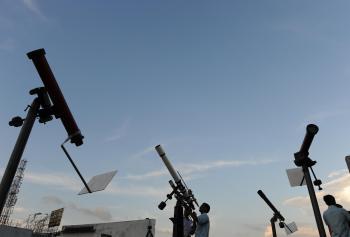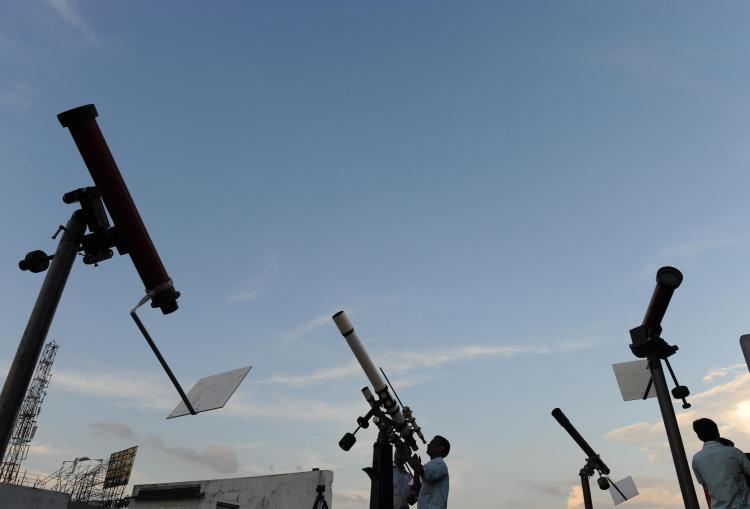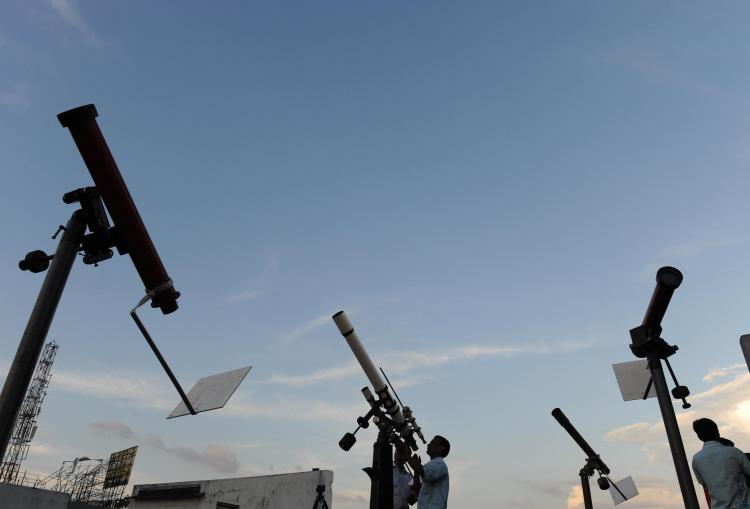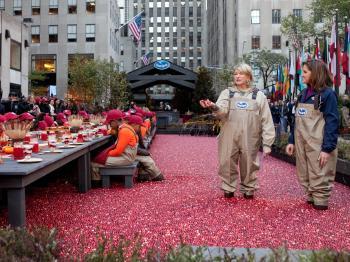The fireball effectively announced the peak weeks of the Perseid meteor shower, an annual event in the month of August, according to NASA officials.
“It’s a very good start to this year’s Perseid meteor shower, which will peak on the night of Aug. 12-13 between midnight and dawn,” explained NASA spokesperson Janet Anderson in a statement.
Science and Astronomy website Space.com explains the fireball was caused by a small 1-inch wide meteor that “met a fiery demise ... while streaking through Earth’s atmosphere,” as reported by NASA’s Marshall Space Flight Center in Huntsville, Ala. The meteor was moving at a speed of 134,000 mph.
The Perseid meteor shower occurs annually when Earth passes close to the orbit of the Comet Swift-Tuttle. Material left behind by the comet enters the Earth’s atmosphere during the pass at about 37 miles (60 km) per second, creating a regular show of “shooting stars” that has become known as the Perseid meteor shower.
“It’s a very good start to this year’s Perseid meteor shower, which will peak on the night of Aug. 12-13 between midnight and dawn,” said NASA spokesperson Janet Anderson in a statement from the space center.
Eighteen years have passed since Swift-Tuttle was last in the region, according to Space.com. The comet passed through the inner solar system, but was far away enough that it needed to be viewed with binoculars.
Space.com’s sky-watching columnist Joe Rao said the 2010 Perseid meteor shower promises to be one to remember for sky-watchers. Under good conditions (with clear skies, and not in a city or near bright suburban lights), one may see about one meteor per minute.
“The August Perseids ... at maximum activity nominally yield 90 to 100 meteors per hour,” he said on the site.






Friends Read Free